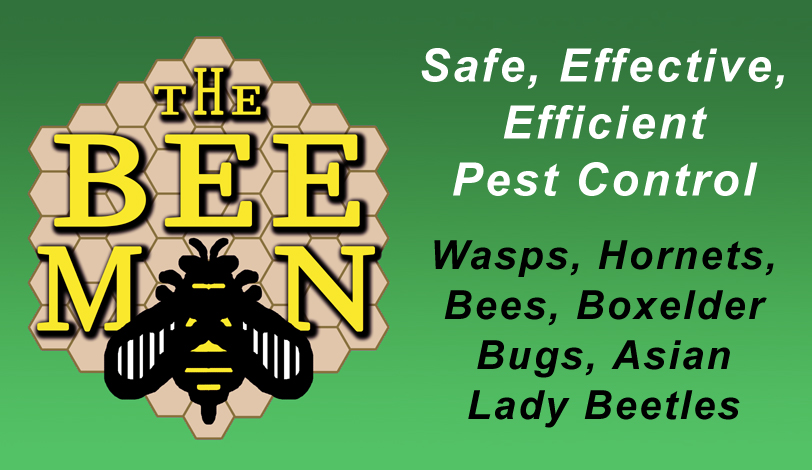
Boxelder bugs are common in Southeast Wisconsin, however, you may not notice them until fall when they begin looking for a protected location to spend the winter. Unfortunately, one of their favorite spots to “overwinter” is inside the walls of homes.
Boxelder bugs emerge from their protected winter sites in spring. They begin mating in late spring. In mid July, they begin moving to female seed-bearing boxelder trees. This is where they lay eggs on trunks, branches and leaves. On rare occasion, they can be found on male boxelder trees. There is no significant damage to the trees. Adult Boxelder bugs are flattened, red and black, with red lines on their wings and about 3/4″ long. Nymphs (newly hatched) are approximately 1/16″ and are bright red. As they grow, they develop the darker markings of the adult. Boxelder bugs do not usually bite, but there are rare reports of defensive biting.
Problems begin in the fall when they leave the trees in search of protected areas to “overwinter.” They will most likely be found, on a warm fall afternoon, on the south side (the warm, sunny side) of structures. They enter through cracks and crevices to live in the walls throughout the winter. During warm winter or early spring days, they may become active in the walls and inadvertently enter the interior of your home. They are merely trying to get outside. Rest assured though, they do not cause structural damage, nor do they mate or lay eggs in the walls.
Although harmless to humans, these bugs can be a nuisance and their waste can stain light colored surfaces. In the fall, we do a crack and crevice treatment that will keep the majority of these bugs from entering the house for the winter. Please contact our office for more information.






